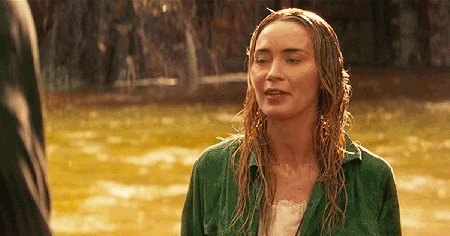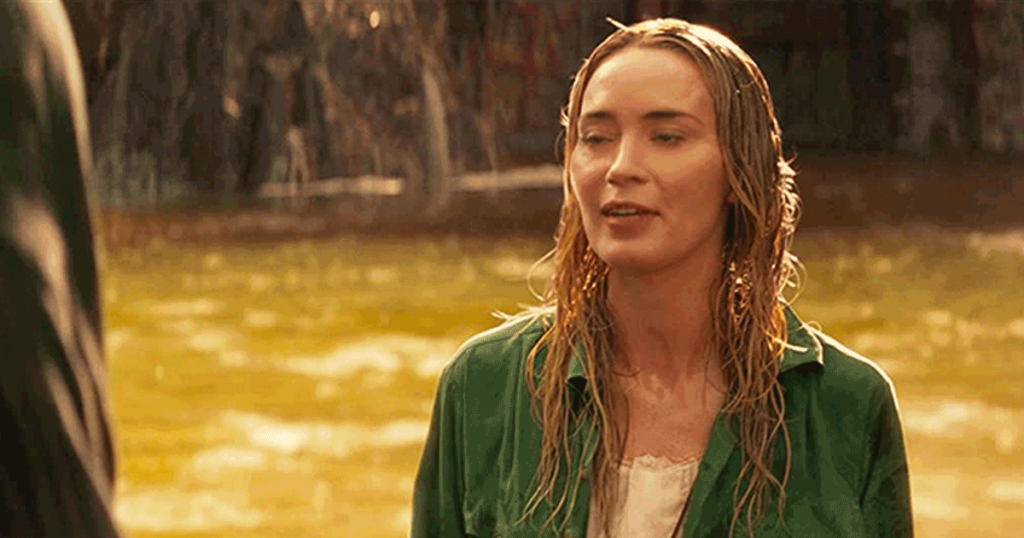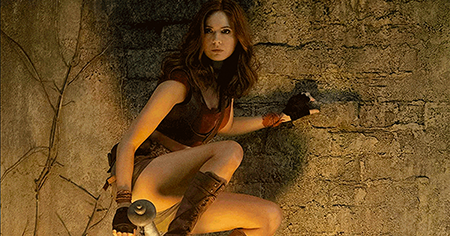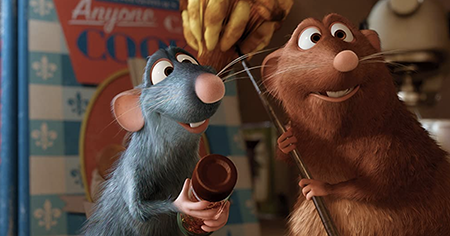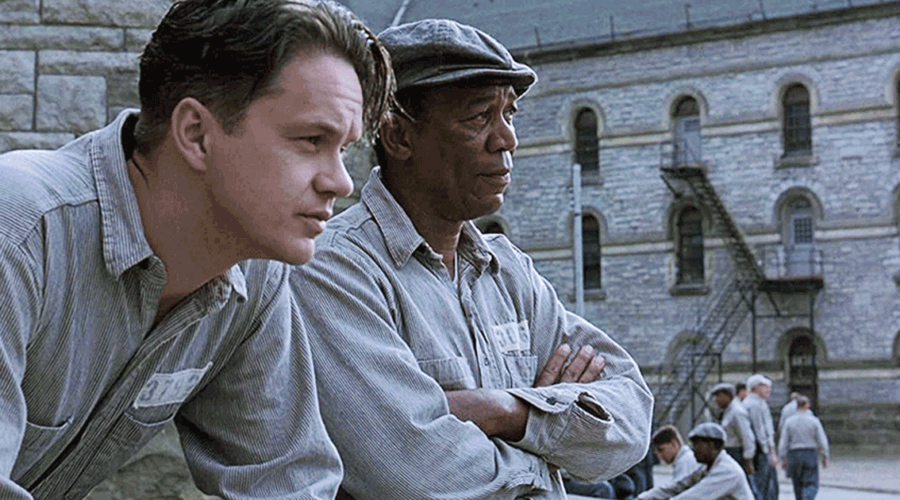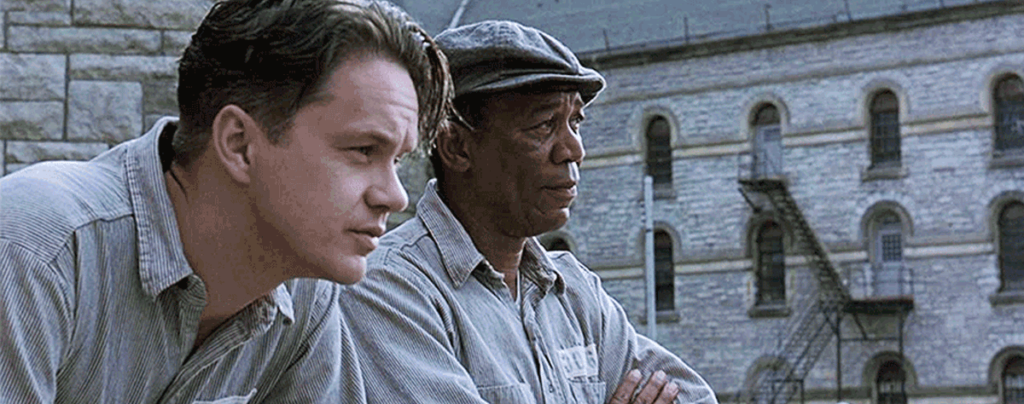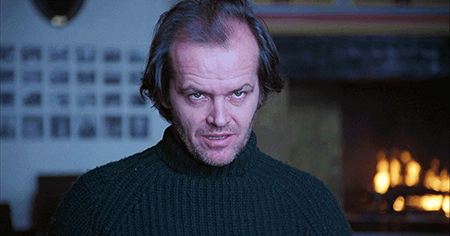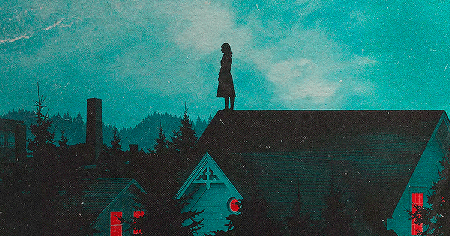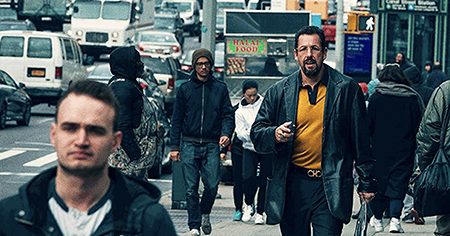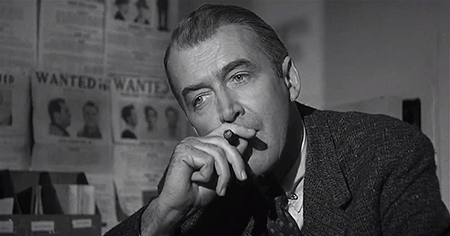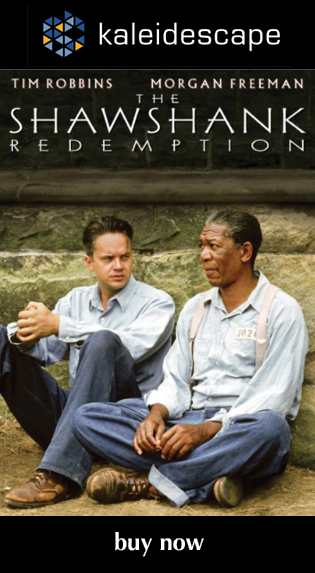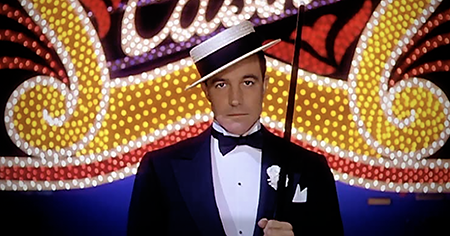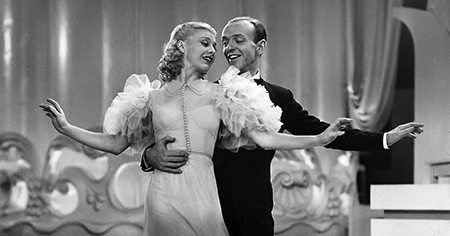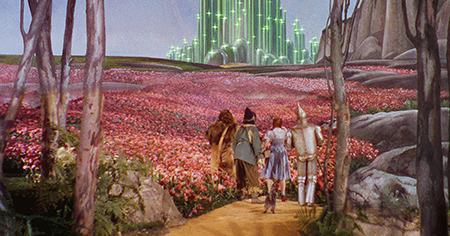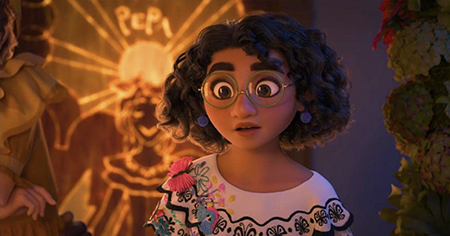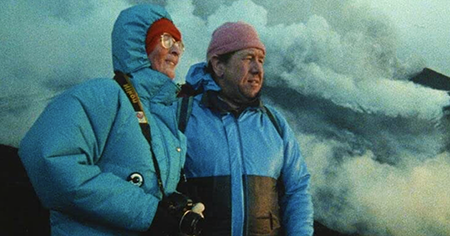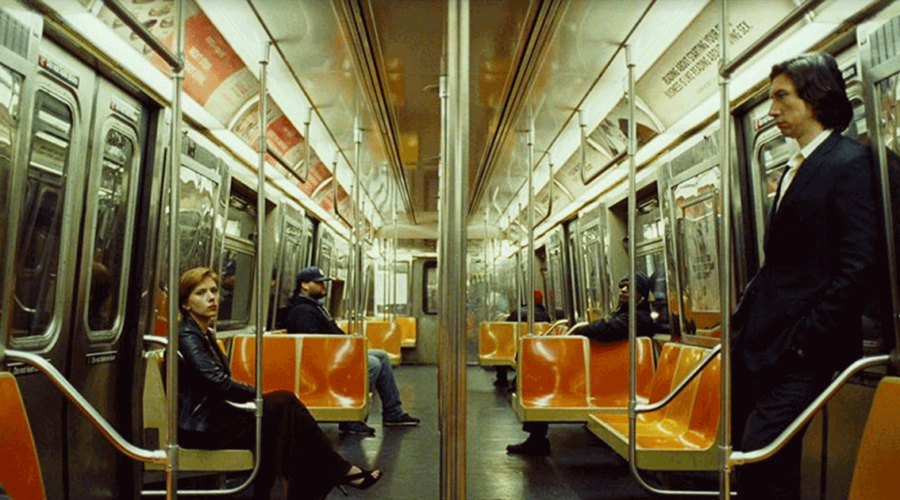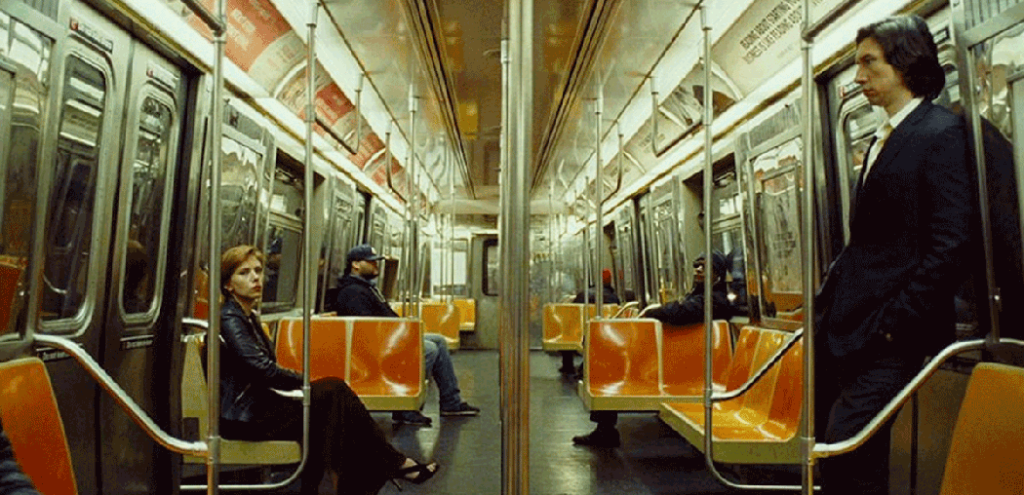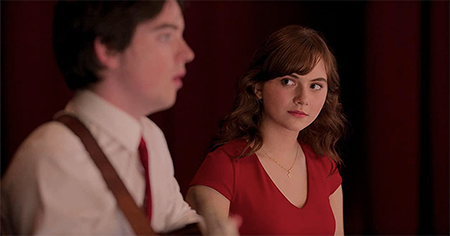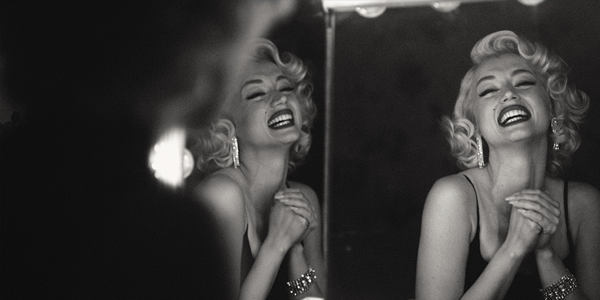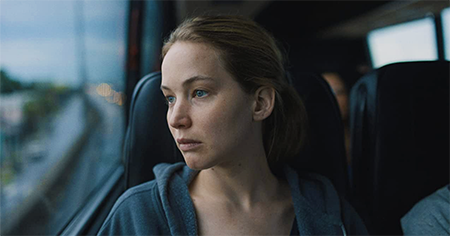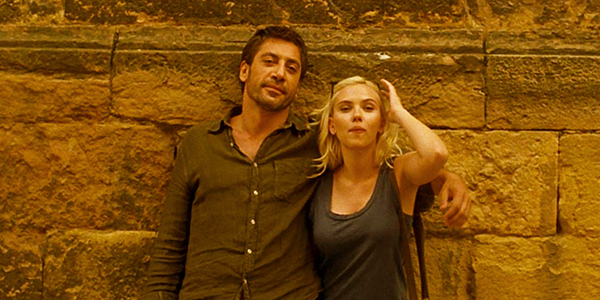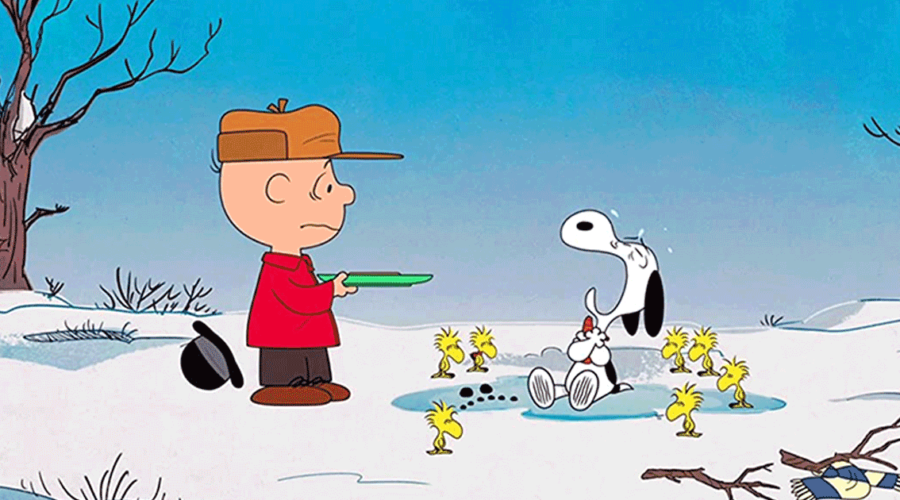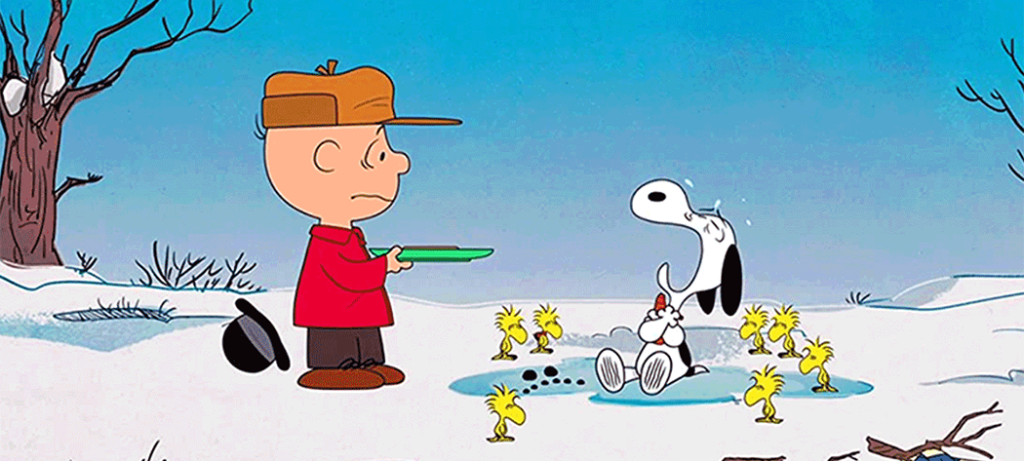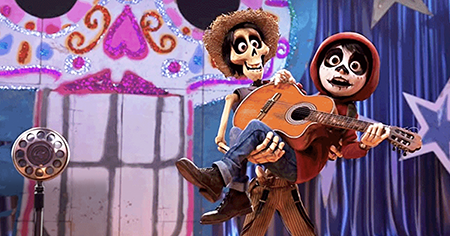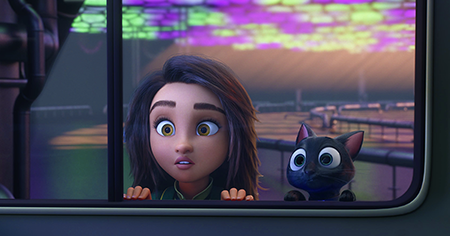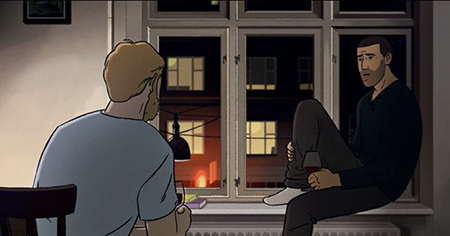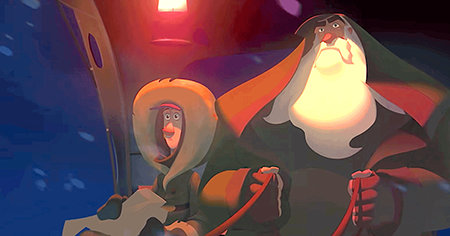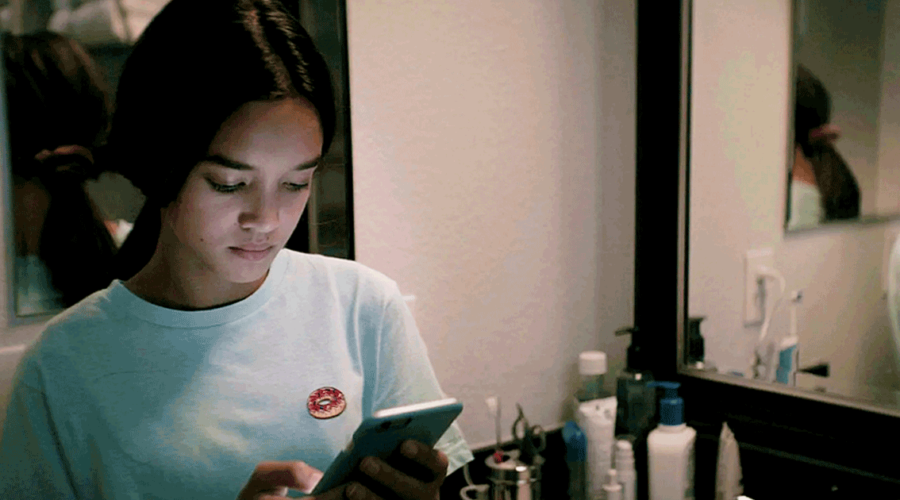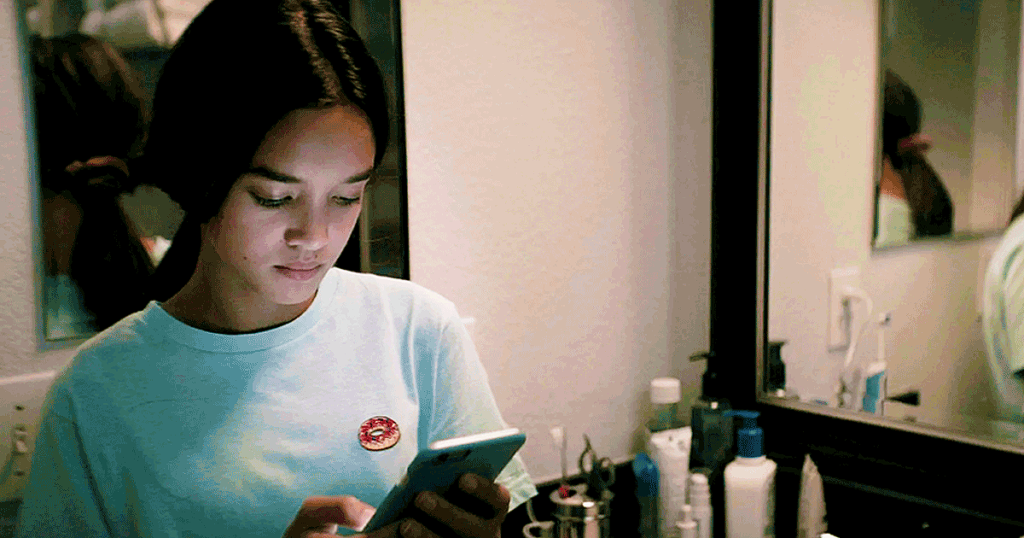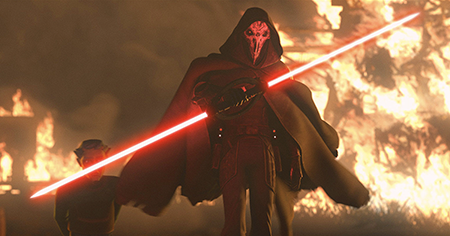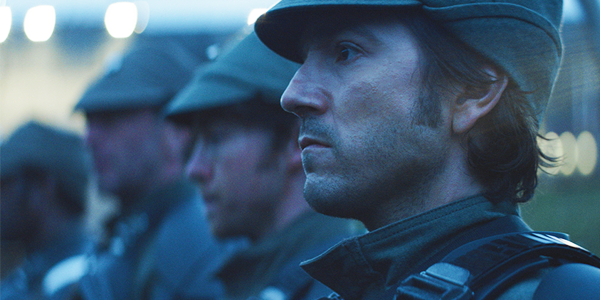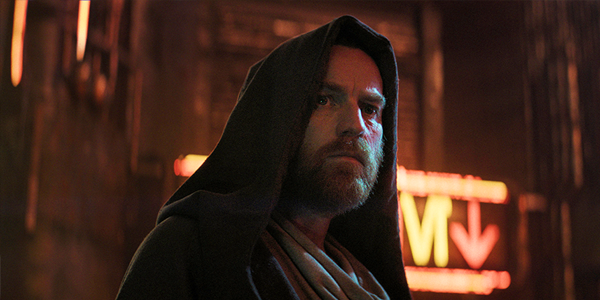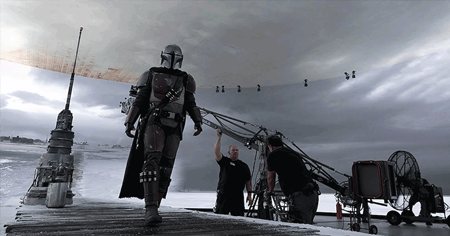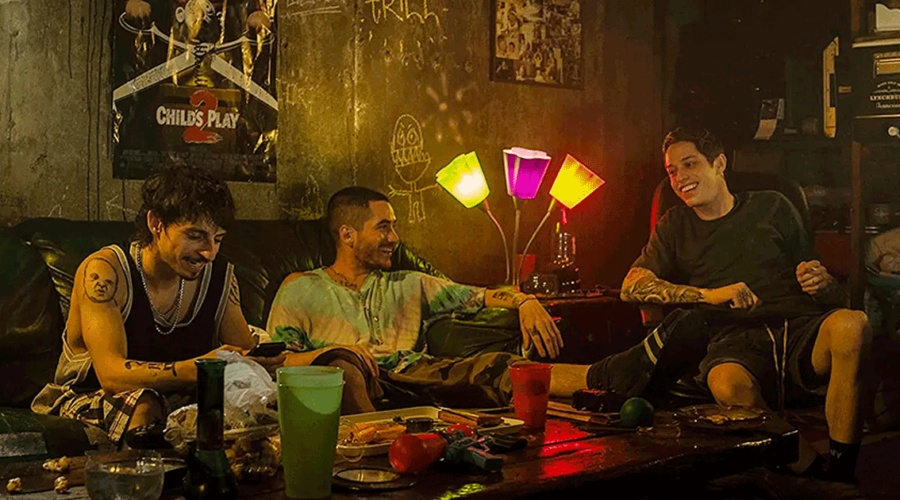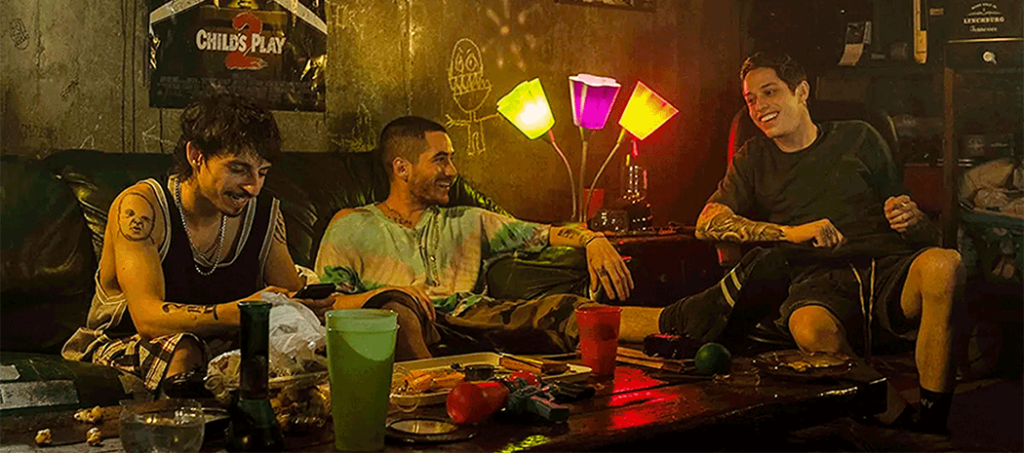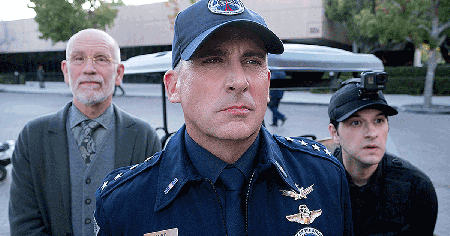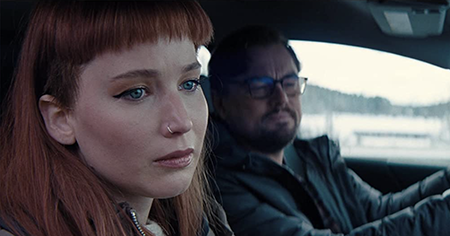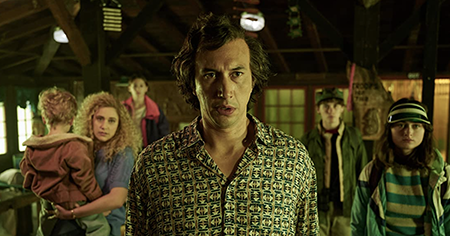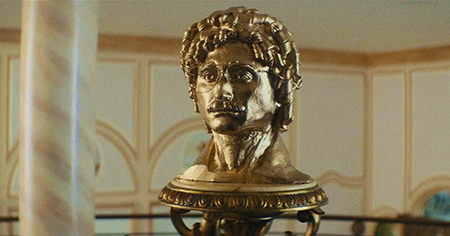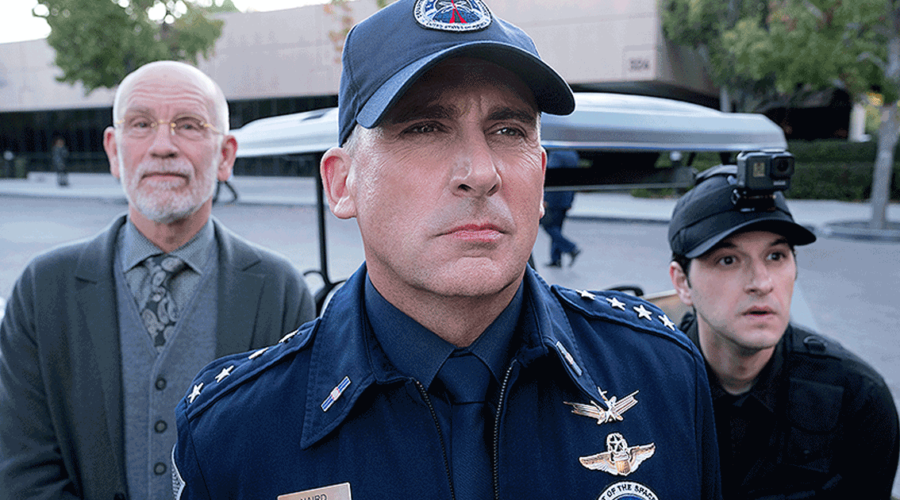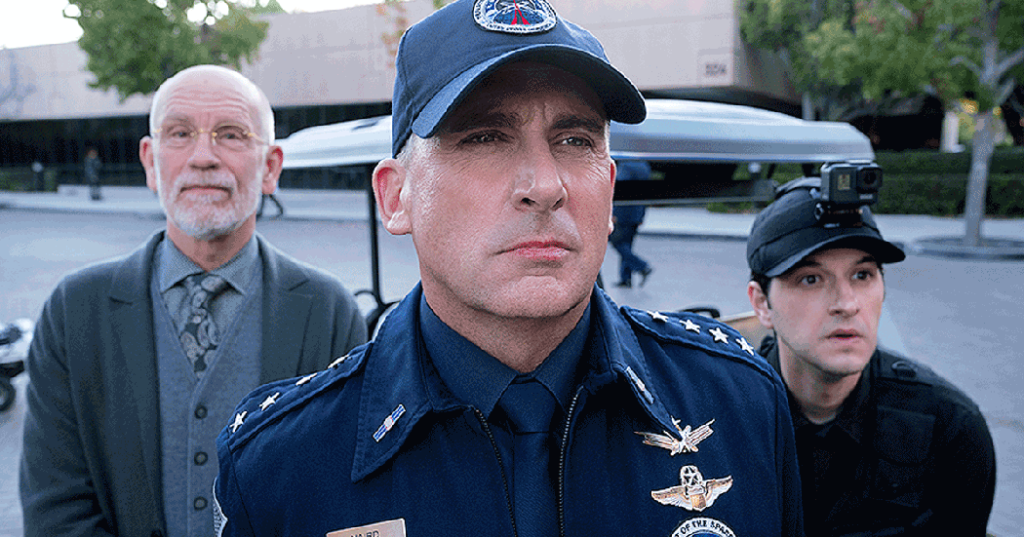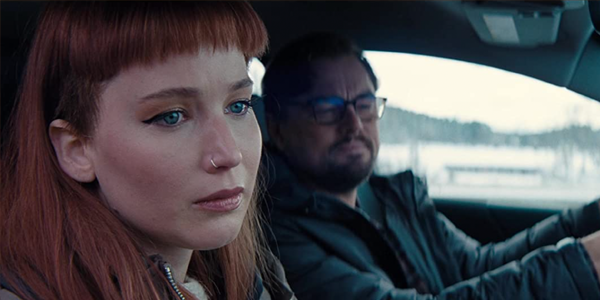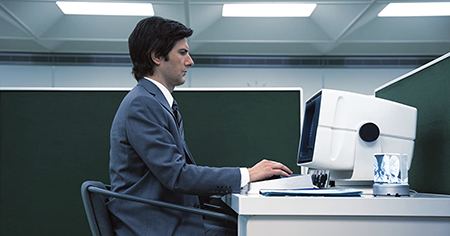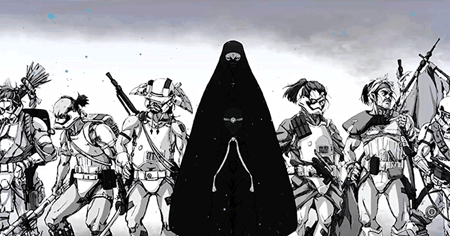Review: Jungle Cruise
also on Cineluxe
Sign up for our monthly newsletter
to stay up to date on Cineluxe
review | Jungle Cruise
In the tradition of Pirates of the Caribbean, the theme-park ride translates well into a family-friendly action film
by John Sciacca
updated October 6, 2023
Like Pirates of the Caribbean, the thing that makes the Jungle Cruise ride ripe for adopting into a movie is that it offers a perfect jumping-off point for any possible adventure with the ability to weave in some nods to the ride along the way. Put some people on a boat, set them on a cruise, introduce a quest and some mayhem along the way. The thing practically writes itself!
I went into viewing Jungle Cruise highly optimistic. Disney has been on a pretty good roll recently, having developed a solid formula for delivering big-action films that hit the right balance of humor and fun that appeals to family watching. Also, I felt Dwayne Johnson was at a point in his career that he wasn’t going to be attached to a stinker, and he’s proven that he can not only carry a big action film but deliver a deft comedic touch—see Jumanji: The Next Level—which was what a Jungle Cruise captain would need to be true to the spirit of the ride.
The chemistry between Johnson and Emily Blunt works really well. And the opening pre-title card scene with Johnson taking a group of tourists on a jungle cruise lifts many lines and sight gags that are lifted straight from the Disneyland attraction, including the always popular “Back side of water” gag.
I wasn’t able to locate any specifications on the resolution used for filming or for the digital Iintermediate for this transfer, but my guess is that this is sourced from a 2K DI. Images are clean and sharp throughout, revealing lots of detail in closeups but just didn’t give that razor-sharp level of crispness you can get from a 4K DI, especially on long shots. Also, with the extensive amount of CGI used throughout, it would likely be in a 2K workflow.
I watched the film twice, once on my Apple 4KTV on my 4K JVC projector at 115-inch diagonal 2.35.1 aspect ratio and then again on my Xbox One S on a new Sony 65-inch OLED. What I mistook for a bit of softness in the opening scenes in a London University on the projector revealed itself to be more smokiness and haze when viewed on the OLED, but on both the colors and clarity definitely get a nice uptick when the action moves to outside.
As mentioned, closeups can have plenty of sharpness, and clean, ultra-fine detail. You can see the weave in the hats worn by characters or the texture in their clothes or the tiny squares in a screen covering a window.
With lots of dark and lowlight scenes, Jungle Cruise certainly benefits from HDR. Whether it’s viewing characters in the warm glow of firelight or lanterns, seeing sunlight streaming through windows into dark rooms, we get lots of rich shadow detail and bright highlights. Jungle greens are rich and lush as are the vibrant reds, with several scenes with fire, along with the busses on the streets of London.
Sonically, the Disney+ version includes Dolby Atmos packed in a lossy Dolby Digital+ wrapper. Even still, there’s plenty here to find entertaining, though you’ll likely want to bump the volume 5 to 10 dB over your normal listening levels (as seems to be the case with most of Disney+ streaming). There are near constant jungle sounds when sailing down the Amazon, creating a believable canopy over your listening room, with a variety of birds squawking overhead. When scenes cut from the open outside of the Amazon, you can “feel” the change in the room, just by how it expands in the outdoors, making a really nice effect. There are also a lot of audio effects wrapping overhead and around the room from creaking vines and snakes slithering about, or a swarm of bees that flies around the room, or the splashes of water coming over the sides of the boat during a harrowing rapids ride. James Newton Howard’s score is also given a lot of room to expand throughout the room, making it much fuller sounding.
There are a few moments where the subwoofer comes into play, and these were definitely more dynamic when played through my Xbox versus my AppleTV, which just seems to compress and crush dynamics. There is a deep rumble of massive waterfalls, the explosions of a torpedo, and the low chug of the boat’s engines.
Ultimately, Jungle Cruise delivered exactly what I expected, which was a fun time with some good action, a few laughs, quality acting, some quality visual effects, and nods to one of my favorite amusement-park rides. After the dour seriousness of F9, this struck the right note of how a film can provide a night of fun and entertainment without taking itself too seriously.
Probably the most experienced writer on custom installation in the industry, John Sciacca is co-owner of Custom Theater & Audio in Murrells Inlet, South Carolina, & is known for his writing for such publications as Residential Systems and Sound & Vision. Follow him on Twitter at @SciaccaTweets and at johnsciacca.com.
PICTURE | Images are clean and sharp throughout, revealing lots of detail in closeups
SOUND | There’s plenty to find entertaining in the Atmos mix though you’ll want to bump the volume 5 to 10 dB over your normal listening levels
© 2023 Cineluxe LLC
